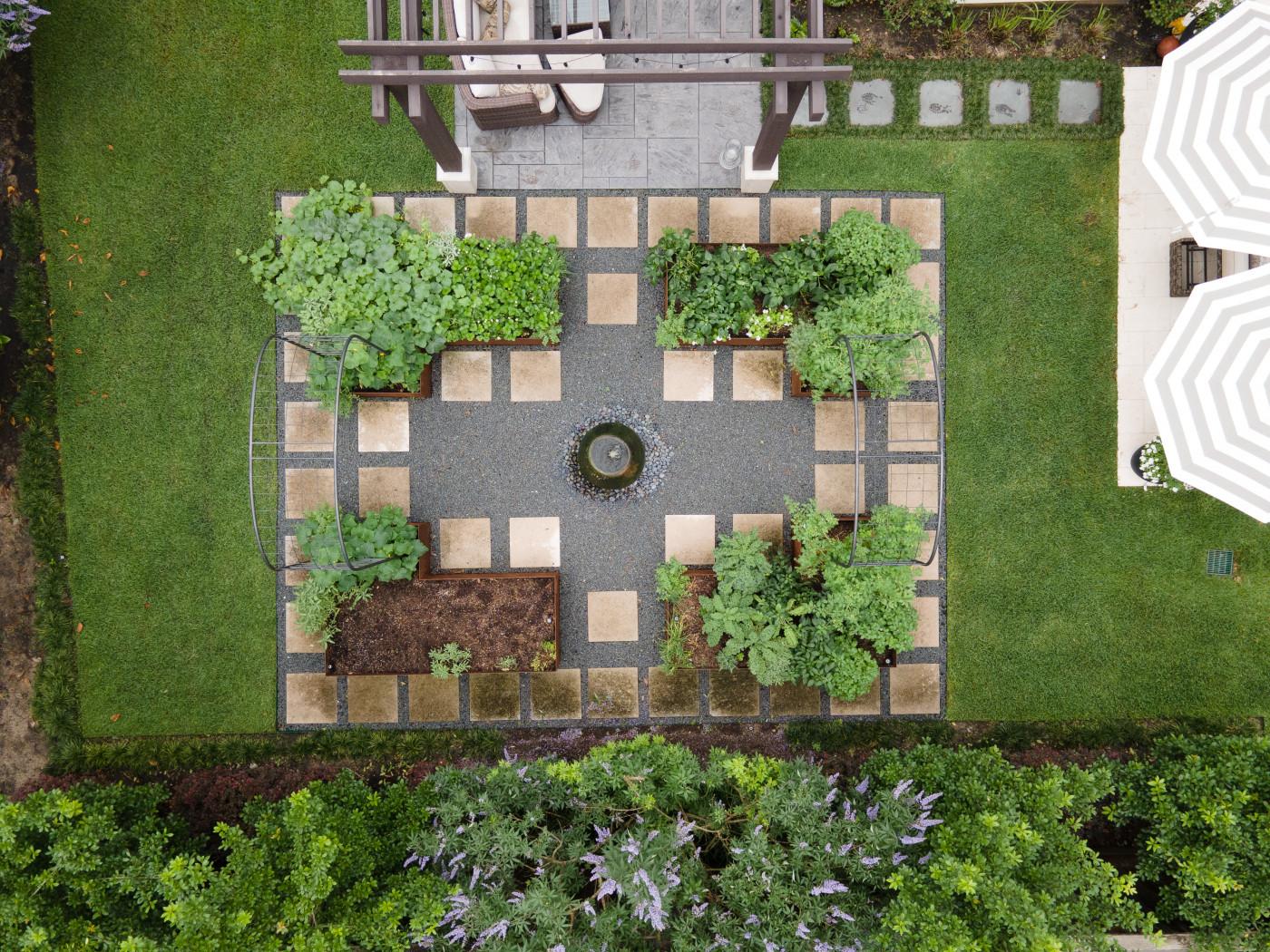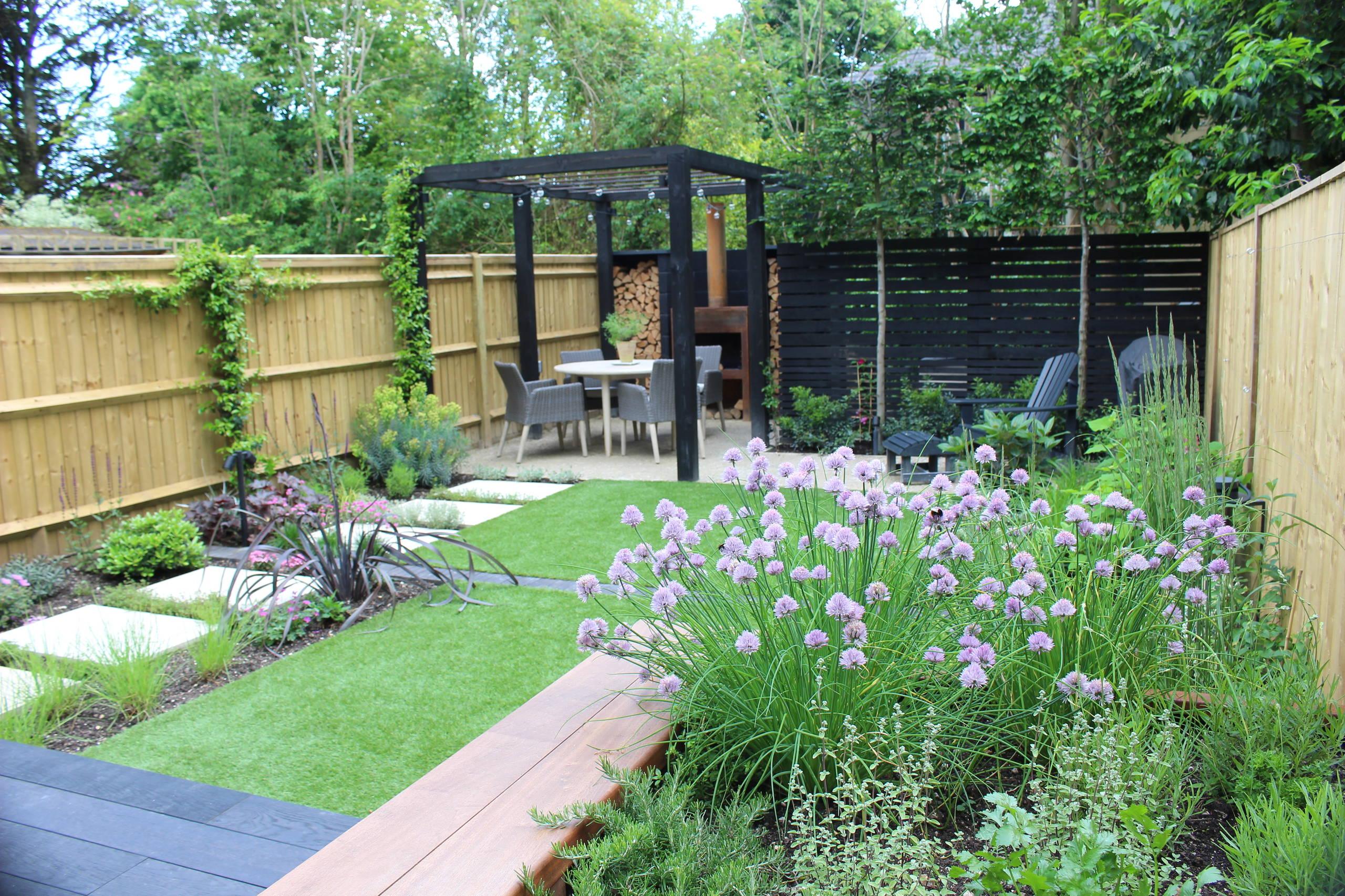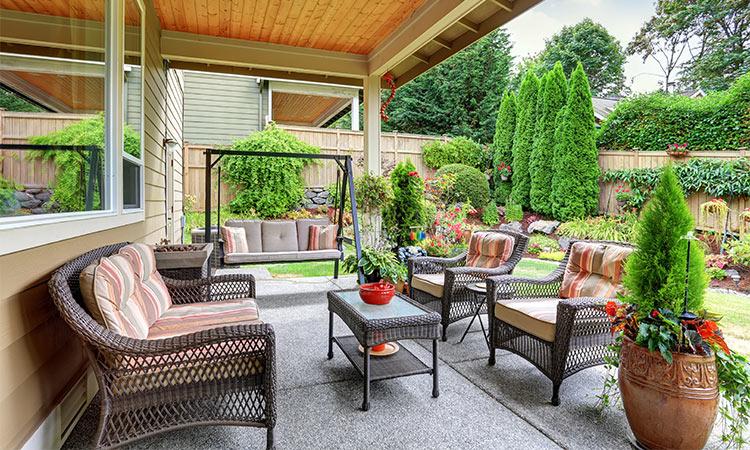Creating an exceptional outdoor environment requires careful consideration of various implementation strategies. Understanding the distinct characteristics of each approach is crucial for aligning with your vision, resources, and desired outcomes. We present a concise overview of key methods to initiate your planning process effectively.
- Do-It-Yourself (DIY) Landscaping: This approach involves homeowners personally managing every aspect, from initial design concepts and material selection to hands-on installation. It offers maximum personal control and can be highly rewarding for those with time and a passion for gardening.
- Professional Design-Build Services: Opting for a design-build firm provides a comprehensive, integrated solution. Experts handle everything from conceptualization and detailed plans to material procurement and full project execution, ensuring cohesive design and quality construction.
- Phased Project Implementation: This method breaks down a large-scale landscaping vision into smaller, manageable stages. It allows for incremental development, budget flexibility, and the opportunity to refine elements as the project progresses, adapting to evolving needs.
Key Evaluation Criteria for Your Outdoor Project
When comparing different landscaping approaches, a structured evaluation based on specific criteria helps in making an informed decision. Consider these factors to determine the best fit for your unique situation and aspirations.
- Initial Capital Outlay: Assess the immediate financial commitment required for design, materials, and labor. This includes upfront costs and potential savings or expenses associated with each method.
- Long-Term Value Enhancement: Evaluate how each approach contributes to the sustained aesthetic appeal, functionality, and overall worth of your property over an extended period.
- Personal Time Investment: Consider the amount of personal time and effort you are willing and able to dedicate to planning, oversight, and physical work involved in the landscaping process.
- Design Complexity & Execution Quality: Examine the capacity of each method to effectively handle intricate designs and ensure high standards of construction, planting, and overall finish for lasting beauty.
Comparative Analysis of Landscaping Approaches
When considering initial capital outlay, DIY landscaping generally presents the lowest upfront costs. Homeowners save on labor fees by contributing their own effort, though material costs remain. However, potential mistakes can lead to unforeseen expenses. Professional design-build services typically involve a higher initial investment due to expert design fees and skilled labor, but this often mitigates future corrective costs and ensures efficient resource allocation from the outset. Phased implementation allows for spreading financial commitments over time, making large projects more accessible by breaking them into manageable budget segments.
Regarding long-term value enhancement, a professionally designed and executed landscape by firms like FORBES LANDSCAPE & GARDENING SERVICE LTD. often yields superior and more enduring results. Their expertise ensures optimal plant selection, sustainable design, and durable construction, which significantly elevates property appeal and functionality over many years. DIY projects, while satisfying, may sometimes lack the cohesive design or structural integrity required for maximum long-term benefit. Phased projects can build value progressively, ensuring each completed stage contributes positively to the overall property worth.
The personal time investment varies dramatically. DIY landscaping demands a substantial commitment of your personal time for research, planning, sourcing, and physical labor. This can be a fulfilling endeavor for those with ample free time and interest. Professional design-build services, conversely, require minimal personal time investment beyond initial consultations and approvals, freeing you to focus on other priorities. Phased implementation offers a middle ground, requiring periodic time commitments for planning each stage, but not the continuous oversight of a full DIY project.
Assessing design complexity and execution quality, professional services excel. Firms like FORBES LANDSCAPE & GARDENING SERVICE LTD. bring specialized knowledge in horticulture, hardscaping, and aesthetic design, capable of translating complex visions into reality with precision and high-quality craftsmanship. DIY efforts, while potentially creative, might struggle with intricate designs or technical construction aspects, leading to compromises in the final outcome. Phased projects can allow for learning and adaptation, potentially improving execution quality in later stages, but the initial stages might still face challenges without expert guidance.
The ability to achieve a truly unique and sophisticated outdoor space is largely influenced by the chosen method. Professional design-build ensures a seamless integration of all elements, from irrigation to lighting, creating a harmonious and functional sanctuary tailored to specific needs. This holistic approach often results in a more polished and sustainable landscape. DIY projects, while offering personal touch, might lack the breadth of expertise to integrate diverse elements effectively, potentially leading to a less cohesive final design or requiring significant learning curves for advanced features.
Ultimately, the selection of an approach hinges on a balance of aspirations and practical considerations. Each method offers distinct advantages and challenges. Understanding these nuances is paramount to making a choice that aligns with your specific project goals and resource availability, ensuring your outdoor space evolves into the envisioned sanctuary.
Recommendations for Method Selection
If your primary goal is to minimize initial financial outlay and you possess a strong interest in gardening, along with ample personal time, the DIY approach could be highly suitable. This method empowers you with direct control over every detail, fostering a deep connection with your outdoor space. Be prepared for a significant learning curve and the potential for unforeseen challenges that may require creative solutions or additional research. This path is ideal for those who view the process as part of the enjoyment.
For individuals seeking a comprehensive, high-quality transformation with minimal personal time commitment, engaging a professional design-build service is the optimal choice. This approach ensures expert design, efficient project management, and superior execution, leading to a cohesive and enduring landscape. It is particularly beneficial for complex projects, those requiring specialized skills, or when a guaranteed level of quality and aesthetic excellence is paramount. Companies such as FORBES LANDSCAPE & GARDENING SERVICE LTD. provide this integrated expertise.
When managing a substantial project with budgetary constraints or evolving requirements, phased project implementation offers considerable flexibility. This method allows you to spread the financial commitment over time and observe how initial stages perform before proceeding. It's an excellent strategy for large-scale visions that might be overwhelming to tackle all at once, enabling adaptation and refinement throughout the process while progressively enhancing your outdoor environment without immediate extensive capital allocation.
Ultimately, the best method aligns with your specific circumstances. Consider your available time, financial capacity, desire for personal involvement, and the complexity of your vision. A professional consultation, even for DIY plans, can provide valuable insights. Carefully weighing these factors will guide you toward the most effective strategy for cultivating your ideal outdoor sanctuary, ensuring a rewarding outcome that aligns with your long-term aspirations for your property.




Comments